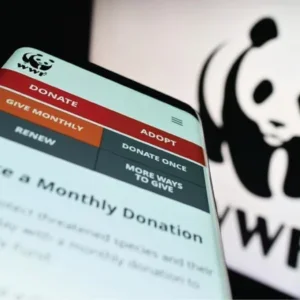During december the four-week period showed an average weekly kill 611,750 which is up from the 600,250 of our last report. These figures show an additional 1,210,000 hides were produced in 2006, compared with the year before. The new year commenced with a 1.6% drop in Federally Inspected Slaughter, down 8,000 hides from the same period last year.
USDA are currently considering imports of cattle and beef products from minimum risk areas, of which Canada is the only example. This should clear cattle born on or after March 1, 1999. Public comment regarding the rule ends on March 12.
Export figures over the four-week period under review (these are not consecutive due to the holiday shutdown) showed that 640,900 US raw hides were sold to China keeping them in pole position. Previous purchases amounted to 927,700, 643,200, 829,800, 798,000 and 1,062,100 respectively.
Hong Kong was in sixth place with 50,200 (124,000) giving them a combined total with China of 691,100 (1,051,700; 741,000; 884,300; 894,900 and 1,091,900 in the previous four-week periods respectively).
In second place, Korea took 234,200 (622,700; 92,500; 380,600 and 301,800 respectively) and Mexico came in third with 99,100 (1,298,800; 1,267,400). Taiwan bought 93,900 (208,000; 111,600; 148,700 and 177,800) while Japan purchased 77,900 (58,600; 159,000; 74,500 and 100,900).
Hide exports to Thailand amounted to 43,600 (62,700; 86,699; 39,800 and 39,300) while those to Vietnam came in at 13,900 (16,400; 18,400, 17,300 and 20,500).
The Dominican Republic contracted for 10,500 (37,100; 1,300) Spain for 3,100; Italy for 2,700 (38,800; 15,900; 35,200 and 35,400); and India 2,400.
Japan also purchased 3,100 calf and kip (6,000 kip) and China 3,600 kip.
When it came to wet-blues, China resumed first place with 173,900 (123,800) followed by Hong Kong with 44,800 (76,20), giving a combined total of 224,000 (200,000). This compares with 178,400, 191,700, 165,200 and 237,600 in the preceding months, respectively.
Italy only went to the market place twice but nevertheless clocked up a reasonable 38,200 putting them in third place. In our last report they were in the lead with 225,600 (68,000).
The Dominican Republic bought 37,100 (4,600; 19,700); Mexico took 27,100 (34,000; 26,500); Indonesia 19,100; Korea 15,200 (17,300); Costa Rica 13,200 (1,400).
Thailand came next with 10,900; Germany 7,600; and Vietnam and Taiwan both with 72,00. Taiwan previously purchased 13,200.
Brazil took the thirteenth slot with 2,500 with Japan at 2,400 (2,300; 2,200) and Canada 800 (1,400).
South Korea were the biggest buyer of wet-blue splits taking 1,125,000lb; while Hong Kong’s 608,700lb and China’s 132,000lb combined to make 740,700lb the second strongest contender. Taiwan bought 100,000lb.






